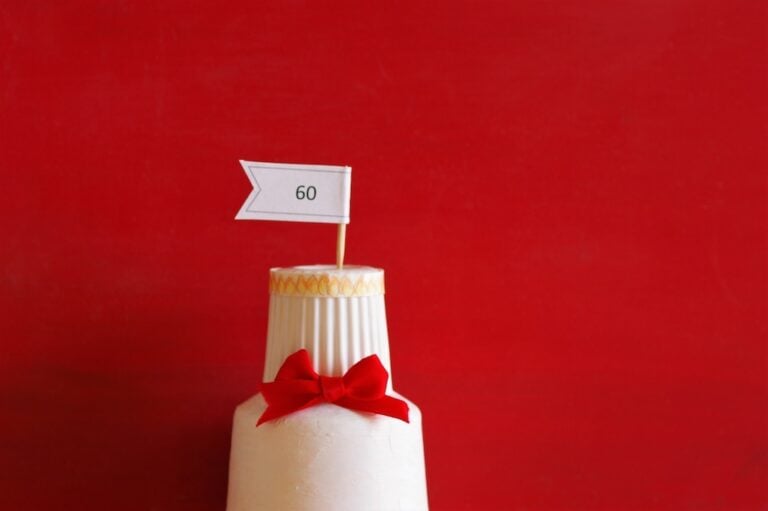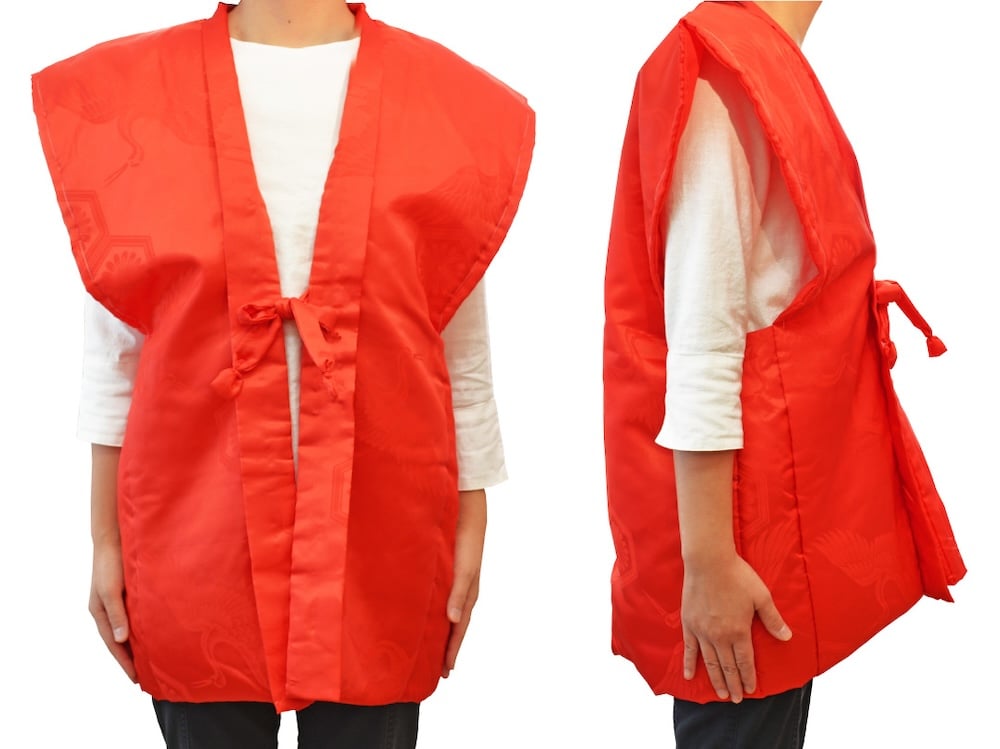
Age and getting older are two unavoidable facts of life. Yet the evidence of people trying to run away from them is undoubtedly there: anti-aging creams, religious sunscreen application, cosmetic surgeries, the list goes on. Accordingly, many cultures in the west celebrate age-related milestones in one’s younger years, however those which occur later in life are usually either treated as any other year, or, in some cases, even ignored.
Japan does not celebrate a sweet sixteen, but it certainly does not skimp on celebrations of different phases in people’s lives. There is, of course, shichi go san (七五三), a holiday during which parents pray for longevity and a healthy life for their child, or seijin no hi (成人の日), a day in January where young Japanese celebrate their coming of age into adulthood.
But celebrating age is not restricted to one’s youth. While a number of milestones follow one’s twenties, none of them quite compare to the kanreki (還暦), where a person’s 60th birthday is recognized by a variety of old traditions and customs.
Kanreki throughout the years
The concept of kanreki was first introduced to Japan during the Nara period (AD 710-794). As with all birthday celebrations at the time, kanreki were held during the new year, as opposed to the specific date on which the person was born. Traditionally, the head of the household would pass on responsibility for the family to the eldest son and his wife during the kanreki. As the kanreki traditionally symbolizes retirement and the start of a new life, it came to be seen as a rebirth, as now the individual would have time to pursue new hobbies and activities for which they previously did not have time. For this reason, a red vest called chanchanko (ちゃんちゃんこ), which is also worn by babies when they are born, is given to the honoree to wear.

Nowadays, this is seen as old-fashioned, so red items such as a tie or handkerchief are given instead. Some other customs include a meal hosted by the person’s family where traditional Japanese foods full of symbolism are prepared to further bless the birthday person with longevity. These could include kasane mochi (重ね餅), which is stacked pink and white mochi representing luck and purity, or tai (鯛) – red sea bream – served whole.
Behind the name
The name ‘kanreki’ itself tells us a lot about this celebration. Its two Chinese characters mean, respectively, “return” and “calendar”. The name is based on the Chinese zodiac, used in Japan for centuries. Under this system, there are two important parts: juunishi (十二支) and jikkan (十干). The first of these refers to the 12 animals of the zodiac:
| Romaji | Hiragana | Kanji | Definition |
|---|---|---|---|
| Ne | ね | 子 | Mouse |
| Ushi | うし | 牛 | Cow |
| Tora | とら | 寅 | Tiger |
| U | う | 卯 | Rabbit |
| Tatsu | たつ | 辰 | Dragon |
| Mi | み | 巳 | Snake |
| Uma | うま | 馬 | Horse |
| Hitsuji | ひつじ | 羊 | Sheep |
| Saru | さる | 申 | Monkey |
| Tori | とり | 酉 | Rooster |
| Inu | いぬ | 戌 | Dog |
| I | い | 亥 | Pig |
The second one is less well-known in the west, but it’s an important part of the zodiac in Japan. There are 10 jikkan signs. The ones ending in ‘e’ correspond to yang and the ones ending in ‘to’ to yin.
| Romaji | Hiragana | Kanji |
|---|---|---|
| Kinoe | きのえ | 甲 |
| Kinoto | きのと | 乙 |
| Hinoe | ひのえ | 丙 |
| Hinoto | ひのと | 丁 |
| Tsuchinoe | つちのえ | 戊 |
| Tsuchinoto | つちのと | 己 |
| Kanoe | かのえ | 庚 |
| Kanoto | かのと | 辛 |
| Mizunoe | みずのえ | 壬 |
| Mizunoto | みずのと | 癸 |
Kanreki symbolizes a full cycle of the 12-sign, 5-element calendar. In other words, it takes 60 years for us to cycle back to the original sign we were born under. Now, you might be thinking that with one 12 and one 10-year cycle, the math just doesn’t add up to the 60 years required for kanreki. However, it’s important to note that each juunishi sign will always be coupled with either yin or yang. For example, Ne will always be a yang (or ‘e’) year, Ushi will always be a yin (or ‘to’) year, and so on. Because of this, we end up with a 60-year cycle.
Kanreki is not limited to being celebrated with one’s family. It’s fairly common to have kanreki parties, or 還暦会 in the workplace as well to honor the achievements and contributions of a colleague reaching this significant age milestone. These gatherings might involve heartfelt speeches by designated coworkers, gifts such as flowers, and a meal together, fostering a sense of camaraderie and appreciation within their professional lives.
Changing expectations in a modern world
One of many traits that Japan is widely admired for is its lengthy life expectancy. In 2023, it was 85.03! You may not know it, but this reputation is relatively recent. After a drop in 1945 due to the second World War, it shot up the next year and has steadily been increasing ever since. Because of this, it’s easy to see why the meaning behind one’s kanreki has changed over the years. In years past, turning 60 would have been quite the accomplishment, similar to what turning 90 or 100 years old is like now.
Nowadays, of course, it’s very common for Japanese people to live many decades past their 60th birthday. Additionally, while the retirement age at many companies is set to 60, most Japanese will opt to continue working until the mandatory retirement age of 65, be it due to workforce shortages or personal choice. Because of this, people’s perception of kanreki has changed over the years. It has evolved to symbolize the beauty of life, and offers a chance to appreciate getting to enjoy so much time on this earth.
Kanreki is more than just a birthday celebration; it is a profound expression of the human experience. From its ancient origins to its modern-day manifestations, kanreki encapsulates the essence of Japanese culture, blending tradition with innovation, and honoring the timeless wisdom of the ages. As individuals reach this significant milestone, they are invited to embrace the journey of life with open arms, knowing that each step forward brings new opportunities for growth, learning, and self-discovery. Through kanreki, we celebrate not only the passage of time but also the enduring spirit of resilience and renewal that defines us as human beings.















